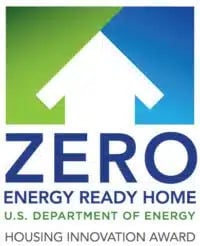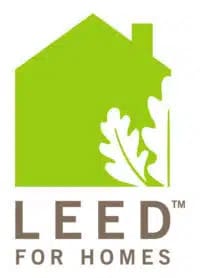
As a green custom home builder, we’re often asked how custom green building differs from traditional home building – and how green custom homes themselves are different.
The best way to illustrate what’s different about building a green custom house is to take you through a very basic version of the checklist we use as part of our own approach to custom green building.
- Energy and water conservation: This is often a homeowner’s primary motivation for choosing a green custom home builder. So, in planning the home, we look at every possible avenue for saving energy and water. From designing in Energy Star appliances and highly efficient low-flow fixtures, to insulation, efficient lighting and use of renewable energy such as solar power or geothermal heating and cooling.
- Location: When we look at the site for the home, we evaluate sustainability. For example, will the house be near existing infrastructure (roads, sewer, etc.)? The closer it is to existing infrastructure, the lower its impact on the environment – and that’s an important aspect of building a green custom home.
- Green building materials. This means we look for materials that are recycled, renewable, and local. In terms of recycled materials, we talk with homeowners about a variety of options, including recycled glass or architectural elements salvaged from other projects that can be used in their own green custom house. For flooring, we might recommend renewable resources such as bamboo or cork – but not if the cost and carbon footprint of transporting these materials is greater than using more locally produced options. Note that the increasing popularity and availability of green products is expanding our design options while giving homeowners price points comparable to non-green products.
- Indoor health and comfort. As custom green builders, we’re always conscious of avoiding building materials and products that are unhealthy for homeowners. Paint, carpet, and even some wallboard and cabinets can give off toxic gases. In addition, pay careful attention to proper ventilation and a right-sized – properly sealed — heating and cooling system. This ensures good indoor air quality and the right balance of moisture, and it eliminates hot and cold spots that can make homes uncomfortable. Finally, green custom homes include rooms with plenty of natural light – a feature that not only saves energy but creates a brighter “mood” in the home.
Again, this is just a very simplified way to talk about the differences between a green custom home and a traditional custom home. The point, however, is that there is a difference – one that is important for the homeowner’s enjoyment of the home, energy bill, and role in living more gently on the planet.












